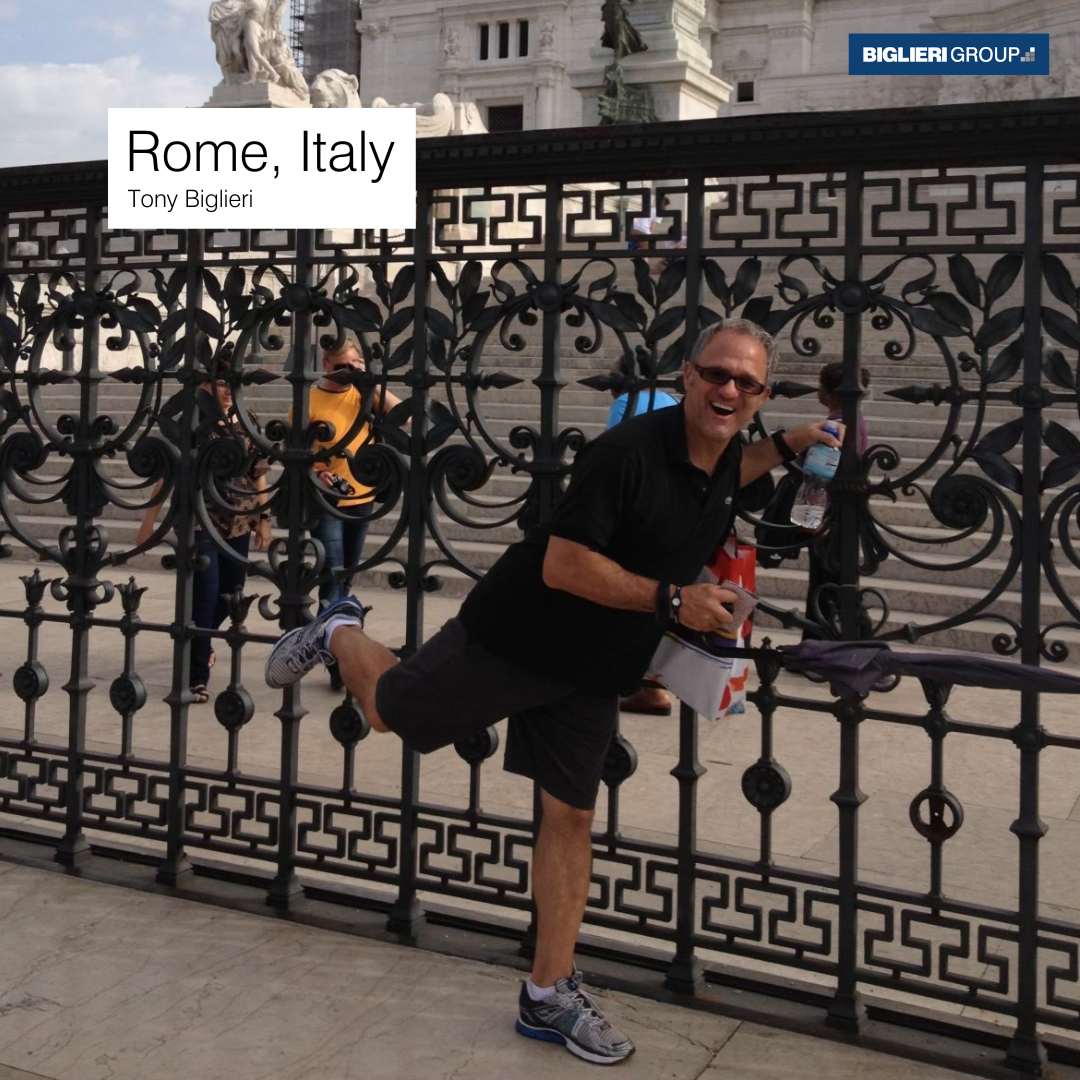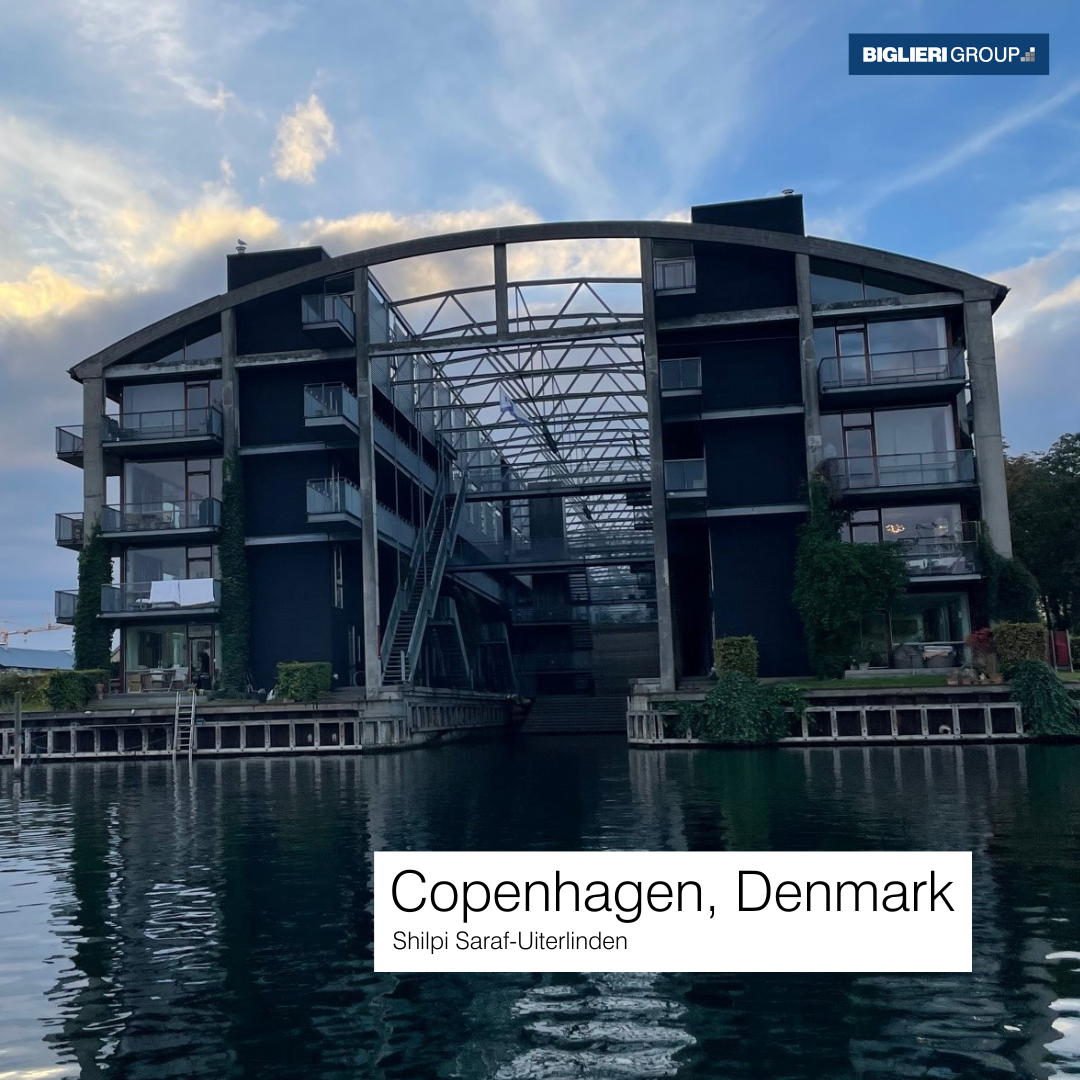As planners, we understand the vital role that our profession plays in shaping the form and function of cities, neighbourhoods and communities. On World Town Planning Day, we celebrate the hard work and many achievements of planners who have contributed to the built and social environments that we enjoy every day.
Here at The Biglieri Group, we’re inspired by urban contexts across the globe. Some of our team members told us about their favourite cities and why these cities inspire their planning work. What is your favourite city and why? Tell us in the comments!
Rome, Italy – @Anthony_Biglieri
Rome is my favourite city for a few reasons: it’s the original city of mixed land uses, its many historic piazzas (public squares) are perfect places for spending time, it’s walkable and a great place to take an evening stroll (i.e. una passeggiata), the heritage buildings are well preserved, and of course, the food is spectacular! I often think about how we can integrate Rome’s best elements into our city building work here at home.
Medellín, Colombia – @Morgan_Baker
Situated on a steep hillside, Medellín has a 384-metre (28-storey) roofed escalator (the escaleras eléctricas) and the metrocable (public transportation in the form of gondolas), which enables residents to traverse the city’s topography. This creative form of public transportation has reduced geographic isolation and provided more opportunity for people located in different parts of the city. It’s interesting to see Medellín’s urban innovation to overcome its complicated conditions. I also love the city’s colourful murals!
Stockholm, Sweden – @Adam_Dhalla
Stockholm holds a special place in my heart because of its thoughtful layout which effortlessly combines historical beauty with modern convenience. The well-planned streets and lush green spaces make it a fantastic place to wander and savour the urban experience.
Copenhagen, Denmark – @Shilpi_Saraf-Uiterlinden
It is rare for cities to prioritize citizens’ quality of life as a cornerstone of development, but Copenhagen achieves this very successfully. Exemplified by the redevelopment of a former naval base (created by land reclamation) for a variety of uses, including the conversion of a submarine shed to a residential complex and the inclusion of playgrounds on top of parking garages, development in Copenhagen demonstrates a commitment to people’s welfare first, through the facilitation of public and accessible spaces, both beautiful and functional in design.




